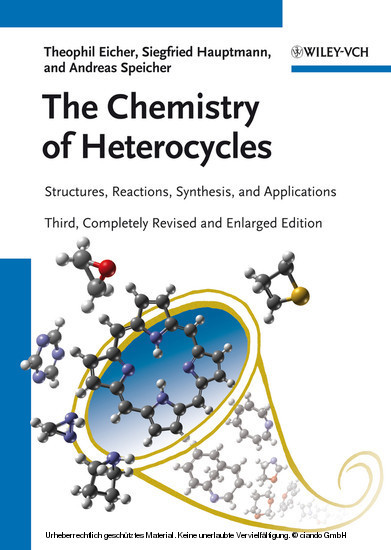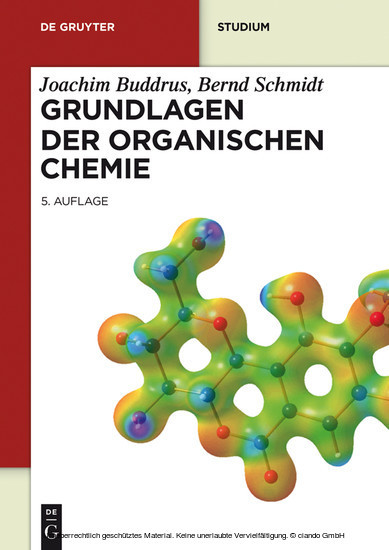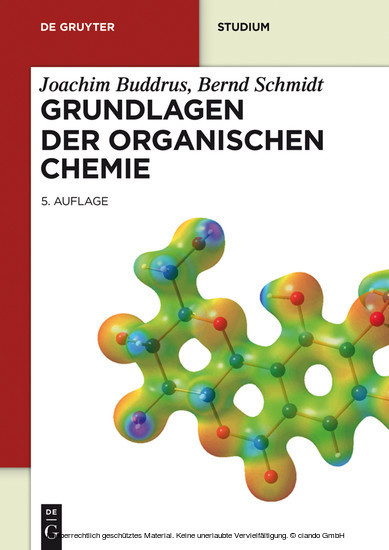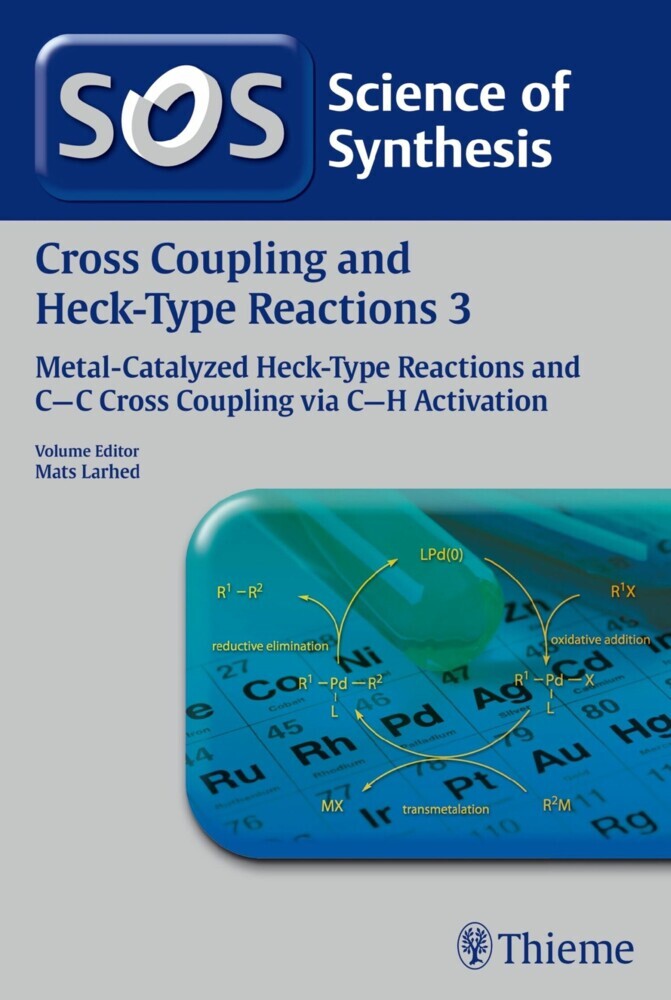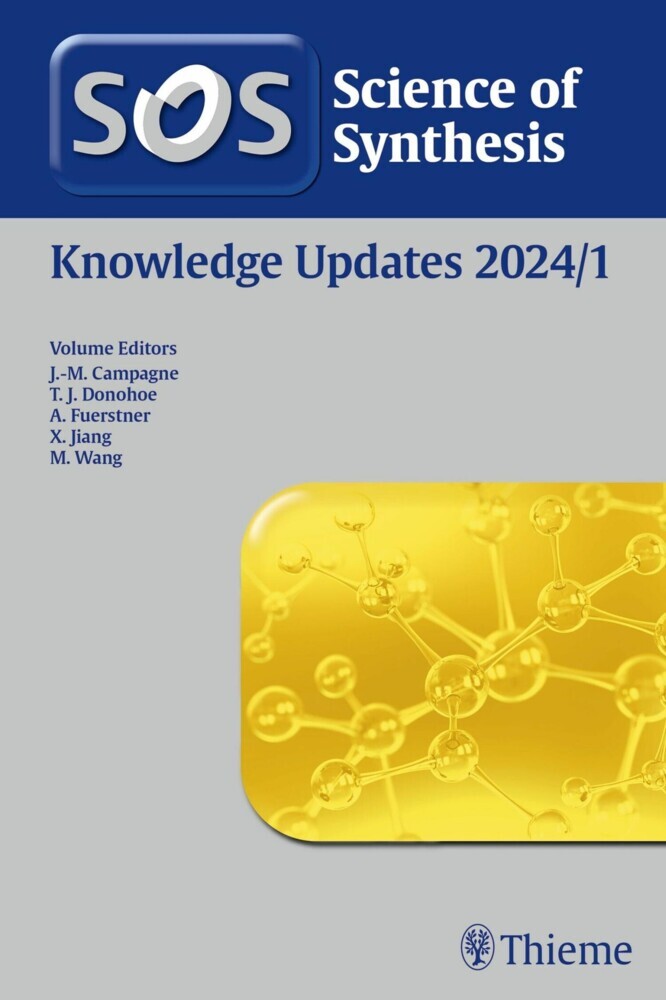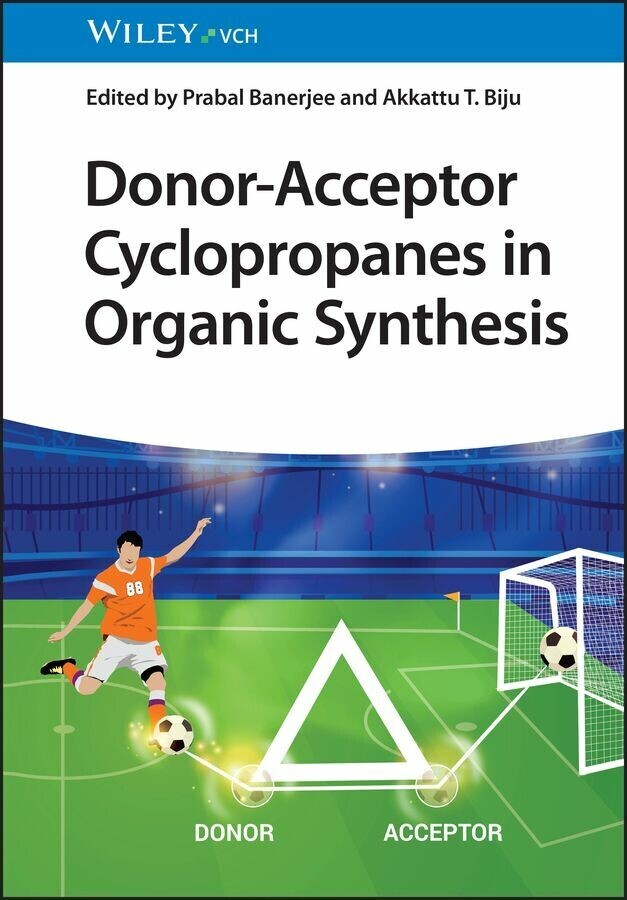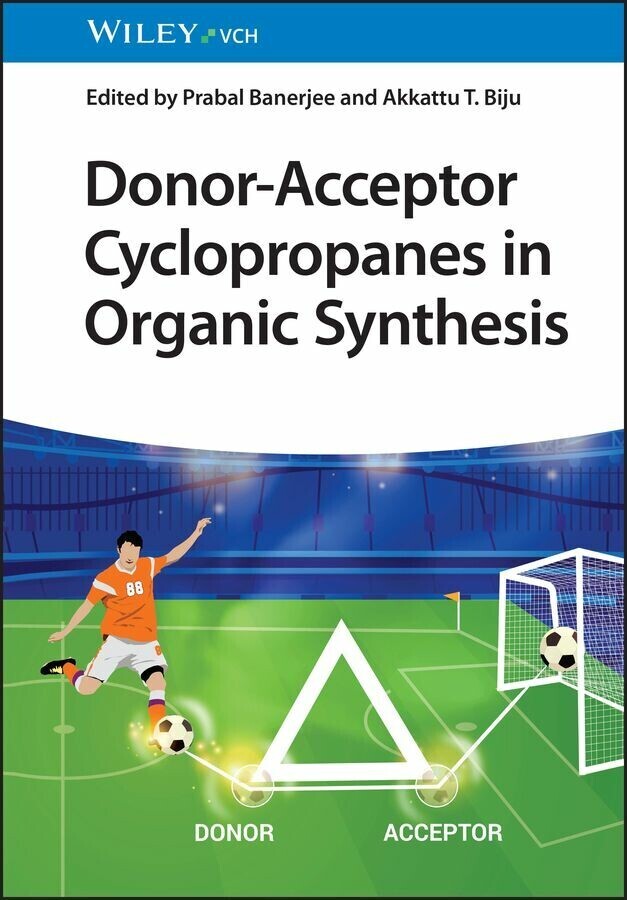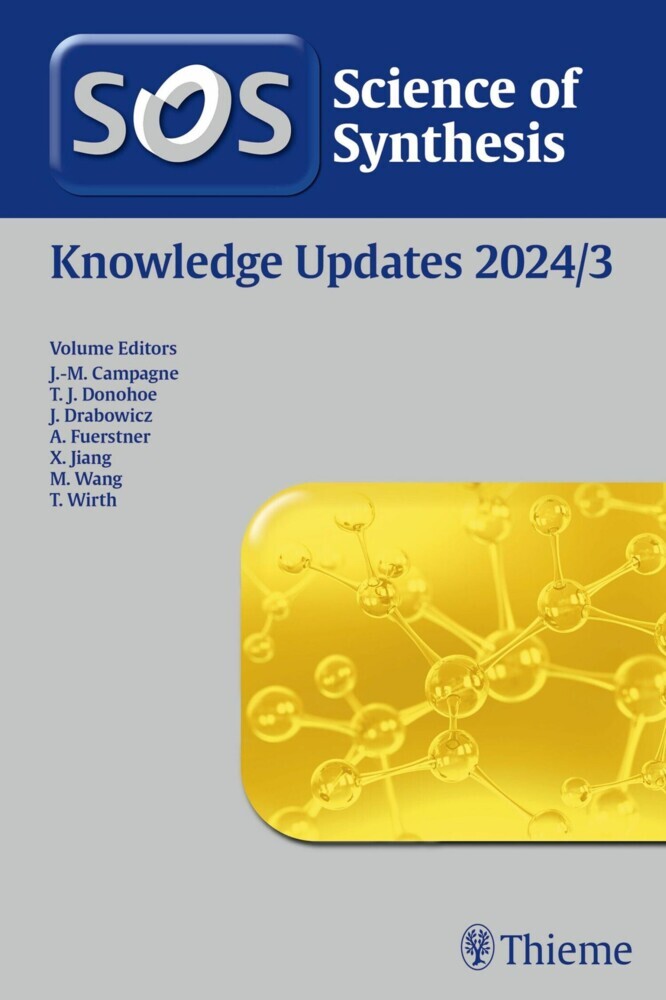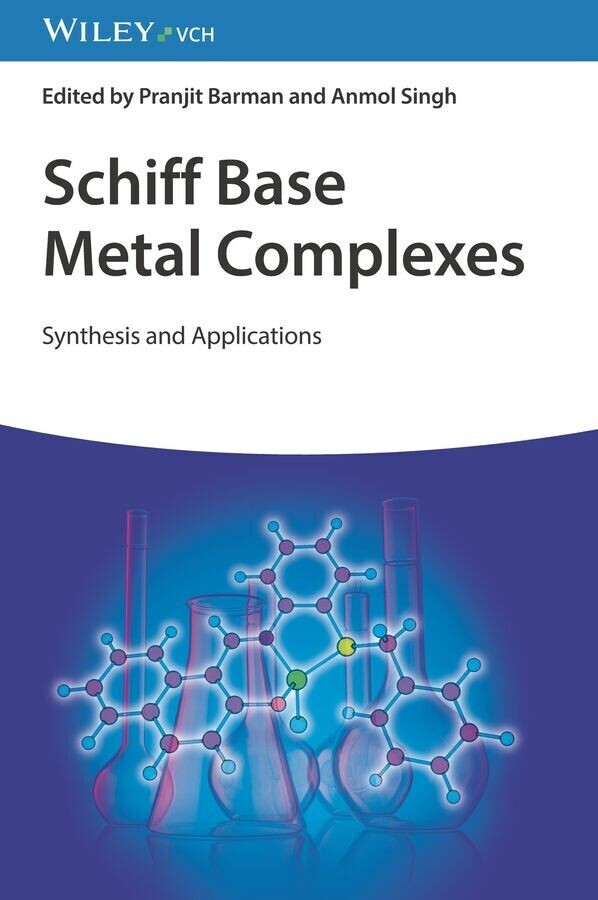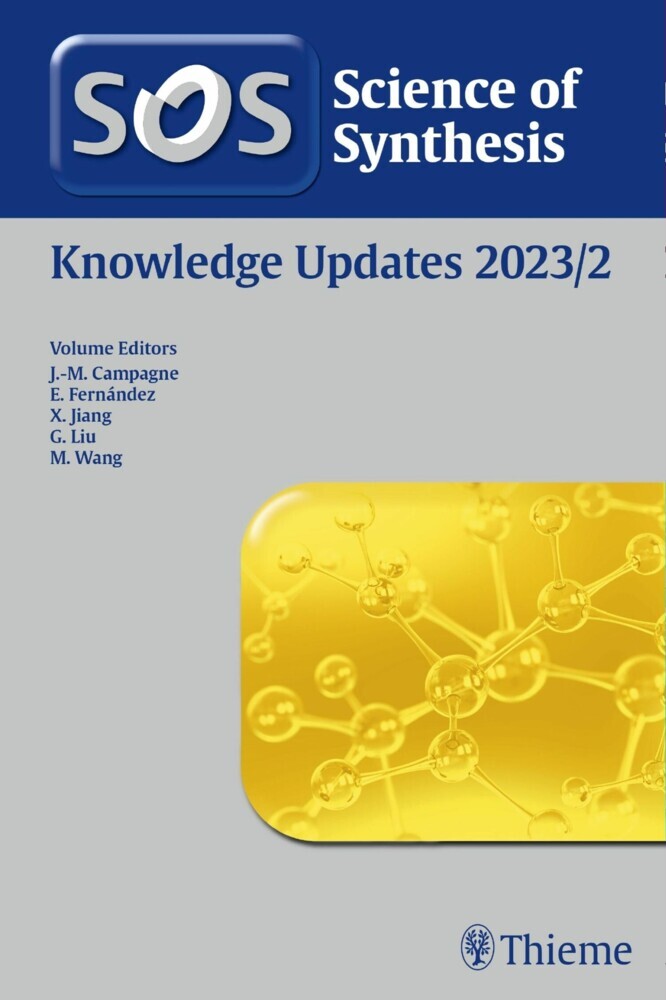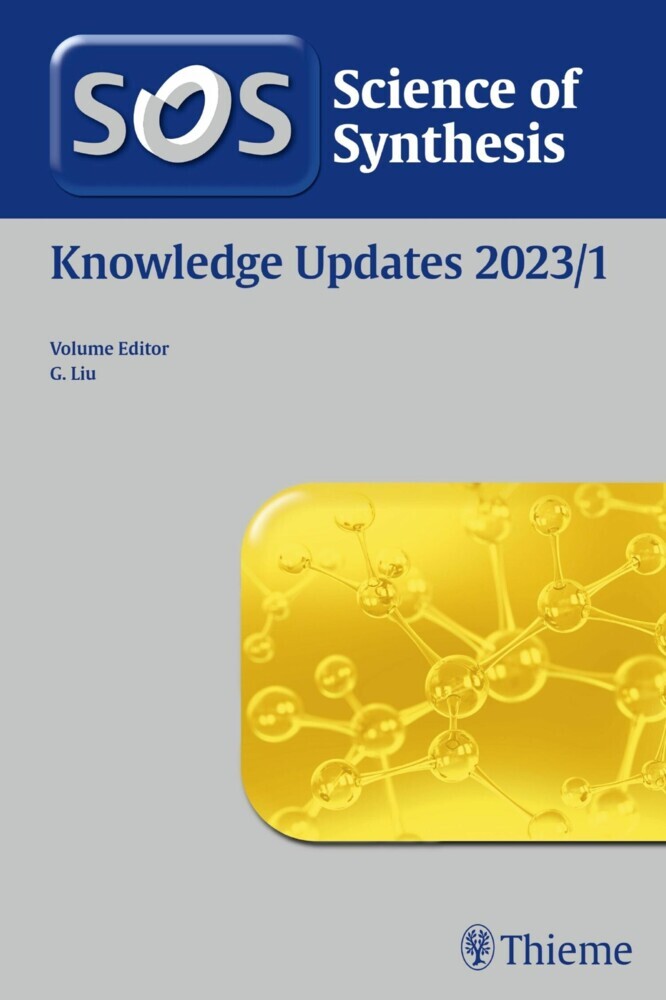The Chemistry of Heterocycles
Structures, Reactions, Synthesis, and Applications
This classical textbook in the best sense of the word is now completely revised, updated and with more than 40% new content. The approved
ordering system according to the ring size of the heterocycles has been retained, while the important chapter on 'Problems and their Solutions' has been almost completely renewed by introduction of up-to-date scientific exercises, resulting in a great tool for self-testing and exams. There was maintained a chapter on nomenclature and a helpful index of name reactions. With approximately 1,000 new literature citations, this book remains a brilliant gateway to modern heterocyclic science for master and graduate students, as well as PhDs and researchers entering the field.
'If you want quick information about the basic (or acidic!) properties of a heterocycle, some interesting facts, or an assorted few ways of making
it, this book provides a welcoming, accurate, and concise introduction.'
Angewandte Chemie IE
'Eicher and Hauptmann provide an up to date introduction to the field for the advanced undergraduate and graduate students. ... The book is carefully produced to a very high standard.'
European Journal of Medicinal Chemistry
Theophil Eicher studied chemistry at the University of Heidelberg and obtaind his Ph.D. under Georg Wittig in 1960. After postdoctoral work at Columbia University, New York, in the laboratories of Ronald Breslow, he habilitated 1967 at the University of Wurzburg under Siegfried Hunig. In 1974 he was appointed as Associate Professor at the University of Hamburg, in 1976 as Full Professor of Organic Chemistry at the University of Dortmund. Since 1982, he worked as Full Professor at the University of the Saarland, Saarbrucken, and was retired in 2000. Professor Eichers research interests concerned the synthetic chemistry of cyclopropenones and triafulvenes, as well as natural product synthesis in the field of bryophyte constituents. He is co-author of several books. Jointly with L. F. Tietze, he was awarded the literature prize of the 'Fonds der chemischen Industrie'. He is Dr. h. c. and Prof. a. h. of the Facultad de Quimica of the Universidad de la Republica, Montevideo/Uruguay.
Siegfried Hauptmann studied chemistry at the University of Leipzig. In 1958, he obtained his Ph.D. under Wilhelm Treibs, habilitated in the field of organic chemistry in 1961 and became Assistant Professor and later Full Professor at the University of Leipzig. He was retired in 1996. His research interests were centred predominantly to the field of synthetic organic chemistry and reaction mechanisms. Professor Hauptmann was author and co-author of several books and deceased in April, 2011.
Andreas Speicher studied chemistry at Saarland University, Saarbrucken. He obtained his Ph.D. in 1994 under Theophil Eicher and was honoured with the Eduard-Martin-Award of his University. He started his independent scientific career and completed habilitation in 2003 (Privatdozent). He is head of a research group and university lecturer for organic chemistry at the Saarland University and was appointed extraordinary professor in 2011. He is temporary holding a guest professorship at the University of Strasbourg/France since 2006 and is co-author of several books. His research interests are directed to synthesis and characterization of chemically and biologically relevant natural products, especially to axially chiral macrocyclic compounds.
ordering system according to the ring size of the heterocycles has been retained, while the important chapter on 'Problems and their Solutions' has been almost completely renewed by introduction of up-to-date scientific exercises, resulting in a great tool for self-testing and exams. There was maintained a chapter on nomenclature and a helpful index of name reactions. With approximately 1,000 new literature citations, this book remains a brilliant gateway to modern heterocyclic science for master and graduate students, as well as PhDs and researchers entering the field.
'If you want quick information about the basic (or acidic!) properties of a heterocycle, some interesting facts, or an assorted few ways of making
it, this book provides a welcoming, accurate, and concise introduction.'
Angewandte Chemie IE
'Eicher and Hauptmann provide an up to date introduction to the field for the advanced undergraduate and graduate students. ... The book is carefully produced to a very high standard.'
European Journal of Medicinal Chemistry
Theophil Eicher studied chemistry at the University of Heidelberg and obtaind his Ph.D. under Georg Wittig in 1960. After postdoctoral work at Columbia University, New York, in the laboratories of Ronald Breslow, he habilitated 1967 at the University of Wurzburg under Siegfried Hunig. In 1974 he was appointed as Associate Professor at the University of Hamburg, in 1976 as Full Professor of Organic Chemistry at the University of Dortmund. Since 1982, he worked as Full Professor at the University of the Saarland, Saarbrucken, and was retired in 2000. Professor Eichers research interests concerned the synthetic chemistry of cyclopropenones and triafulvenes, as well as natural product synthesis in the field of bryophyte constituents. He is co-author of several books. Jointly with L. F. Tietze, he was awarded the literature prize of the 'Fonds der chemischen Industrie'. He is Dr. h. c. and Prof. a. h. of the Facultad de Quimica of the Universidad de la Republica, Montevideo/Uruguay.
Siegfried Hauptmann studied chemistry at the University of Leipzig. In 1958, he obtained his Ph.D. under Wilhelm Treibs, habilitated in the field of organic chemistry in 1961 and became Assistant Professor and later Full Professor at the University of Leipzig. He was retired in 1996. His research interests were centred predominantly to the field of synthetic organic chemistry and reaction mechanisms. Professor Hauptmann was author and co-author of several books and deceased in April, 2011.
Andreas Speicher studied chemistry at Saarland University, Saarbrucken. He obtained his Ph.D. in 1994 under Theophil Eicher and was honoured with the Eduard-Martin-Award of his University. He started his independent scientific career and completed habilitation in 2003 (Privatdozent). He is head of a research group and university lecturer for organic chemistry at the Saarland University and was appointed extraordinary professor in 2011. He is temporary holding a guest professorship at the University of Strasbourg/France since 2006 and is co-author of several books. His research interests are directed to synthesis and characterization of chemically and biologically relevant natural products, especially to axially chiral macrocyclic compounds.
1;The Chemistry of Heterocycles;5 1.1;Contents;7 1.2;Preface to the Third Edition;11 1.3;Abbreviations and Symbols;13 1.4;1 The Structure of Heterocyclic Compounds;17 1.4.1;Reference;20 1.5;2 Systematic Nomenclature of Heterocyclic Compounds;21 1.5.1;2.1 Hantzsch-Widman Nomenclature;22 1.5.2;2.2 Replacement Nomenclature;27 1.5.3;2.3 Examples of Systematic Nomenclature;28 1.5.4;2.4 Important Heterocyclic Systems;31 1.6;3 Three-Membered Heterocycles;33 1.6.1;3.1 Oxirane;33 1.6.2;3.2 Thiirane;42 1.6.3;3.3 2H-Azirine;45 1.6.4;3.4 Aziridine;48 1.6.5;3.5 Dioxirane;53 1.6.6;3.6 Oxaziridine;53 1.6.7;3.7 3H-Diazirine;56 1.6.8;3.8 Diaziridine;56 1.6.9;References;57 1.7;4 Four-Membered Heterocyles;61 1.7.1;4.1 Oxetane;61 1.7.2;4.2 Thietane;65 1.7.3;4.3 Azete;66 1.7.4;4.4 Azetidine;67 1.7.5;4.5 1,2-Dioxetane;70 1.7.6;4.6 1,2-Dithiete;73 1.7.7;4.7 1,2-Dihydro-1,2-diazete;74 1.7.8;4.8 1,2-Diazetidine;74 1.7.9;References;75 1.8;5 Five-Membered Heterocycles;77 1.8.1;5.1 Furan;77 1.8.2;5.2 Benzo[b]furan;96 1.8.3;5.3 Isobenzofuran;100 1.8.4;5.4 Dibenzofuran;102 1.8.5;5.5 Tetrahydrofuran;103 1.8.6;5.6 Thiophene;106 1.8.7;5.7 Benzo[b]thiophene;117 1.8.8;5.8 Benzo[c]thiophene;120 1.8.9;5.9 2,5-Dihydrothiophene;121 1.8.10;5.10 Thiolane;122 1.8.11;5.11 Selenophene;123 1.8.12;5.12 Pyrrole;124 1.8.13;5.13 Indole;141 1.8.14;5.14 Carbazole;164 1.8.15;5.15 Isoindole;166 1.8.16;5.16 Indolizine;168 1.8.17;5.17 Pyrrolidine;173 1.8.18;5.18 Phosphole;177 1.8.19;5.19 1,3-Dioxolane;178 1.8.20;5.20 1,2-Dithiole;179 1.8.21;5.21 1,2-Dithiolane;180 1.8.22;5.22 1,3-Dithiole;181 1.8.23;5.23 1,3-Dithiolane;181 1.8.24;5.24 Oxazole;182 1.8.25;5.25 Benzoxazole;193 1.8.26;5.26 4,5-Dihydrooxazole;197 1.8.27;5.27 Isoxazole;201 1.8.28;5.28 4,5-Dihydroisoxazole;209 1.8.29;5.29 2,3-Dihydroisoxazole;214 1.8.30;5.30 Thiazole;215 1.8.31;5.31 Benzothiazole;224 1.8.32;5.32 Penam;228 1.8.33;5.33 Isothiazole;230 1.8.34;5.34 Imidazole;233 1.8.35;5.35 Benzimidazole;245 1.8.36;5.36 Imidazolidine;250 1.8.37;5.37 Pyrazole;252 1.8.38;5.38 Indazole;259 1.8.39;5.39 4,5-Dihydropyrazole;262 1.8.40;5.40 Pyrazolidine;265 1.8.41;5.41 1,2,3-, 1,2,4-, 1,3,4-Oxadiazole;265 1.8.42;5.42 1,2,5-Oxadiazole;267 1.8.43;5.43 1,2,3-Thiadiazole;270 1.8.44;5.44 1,2,4-Thiadiazole;272 1.8.45;5.45 1,2,3-Triazole;274 1.8.46;5.46 Benzotriazole;281 1.8.47;5.47 1,2,4-Triazole;284 1.8.48;5.48 Tetrazole;289 1.8.49;References;296 1.9;6 Six-Membered Heterocycles;313 1.9.1;6.1 Pyrylium Ion;313 1.9.2;6.2 2H-Pyran;321 1.9.3;6.3 2H-Pyran-2-one;322 1.9.4;6.4 3,4-Dihydro-2H-pyran;329 1.9.5;6.5 Tetrahydropyran;333 1.9.6;6.6 2H-Chromene;335 1.9.7;6.7 2H-Chromen-2-one;337 1.9.8;6.8 1-Benzopyrylium Ion;343 1.9.9;6.9 4H-Pyran;345 1.9.10;6.10 4H-Pyran-4-one;347 1.9.11;6.11 4H-Chromene;351 1.9.12;6.12 4H-Chromen-4-one;352 1.9.13;6.13 Chroman;357 1.9.14;6.14 Pyridine;361 1.9.15;6.15 Pyridones;397 1.9.16;6.16 Quinoline;402 1.9.17;6.17 Isoquinoline;422 1.9.18;6.18 Quinolizinium Ion;436 1.9.19;6.19 Dibenzopyridines;439 1.9.20;6.20 Piperidine;445 1.9.21;6.21 Phosphabenzene;450 1.9.22;6.22 1,4-Dioxin, 1,4-Dithiin, 1,4-Oxathiin;454 1.9.23;6.23 1,4-Dioxane;456 1.9.24;6.24 Oxazines;458 1.9.25;6.25 Morpholine;463 1.9.26;6.26 1,3-Dioxane;465 1.9.27;6.27 1,3-Dithiane;469 1.9.28;6.28 Cepham;471 1.9.29;6.29 Pyridazine;474 1.9.30;6.30 Pyrimidine;479 1.9.31;6.31 Purine;490 1.9.32;6.32 Pyrazine;497 1.9.33;6.33 Piperazine;502 1.9.34;6.34 Pteridine;503 1.9.35;6.35 Benzodiazines;507 1.9.36;6.36 1,2,3-Triazine;517 1.9.37;6.37 1,2,4-Triazine;520 1.9.38;6.38 1,3,5-Triazine;524 1.9.39;6.39 1,2,4,5-Tetrazine;528 1.9.40;References;533 1.10;7 Seven-Membered Heterocycles;545 1.10.1;7.1 Oxepin;545 1.10.2;7.2 Thiepin;548 1.10.3;7.3 Azepine;549 1.10.4;7.4 Diazepines;556 1.10.5;References;561 1.11;8 Larger Ring Heterocycles;563 1.11.1;8.1 Azocine;563 1.11.2;8.2 Heteronines and Larger-Membered Heterocycles;565 1.11.3;8.3 Tetrapyrroles;567 1.11.4;References;574 1.12;9 Problems and Their Solutions;577 1.12.1;References;630 1.13;Indices;637
Eicher, Theophil
Hauptmann, Siegfried
Speicher, Andreas
| ISBN | 9783527669875 |
|---|---|
| Artikelnummer | 9783527669875 |
| Medientyp | E-Book - PDF |
| Auflage | 3. Aufl. |
| Copyrightjahr | 2013 |
| Verlag | Wiley-VCH |
| Umfang | 646 Seiten |
| Sprache | Englisch |
| Kopierschutz | Adobe DRM |

